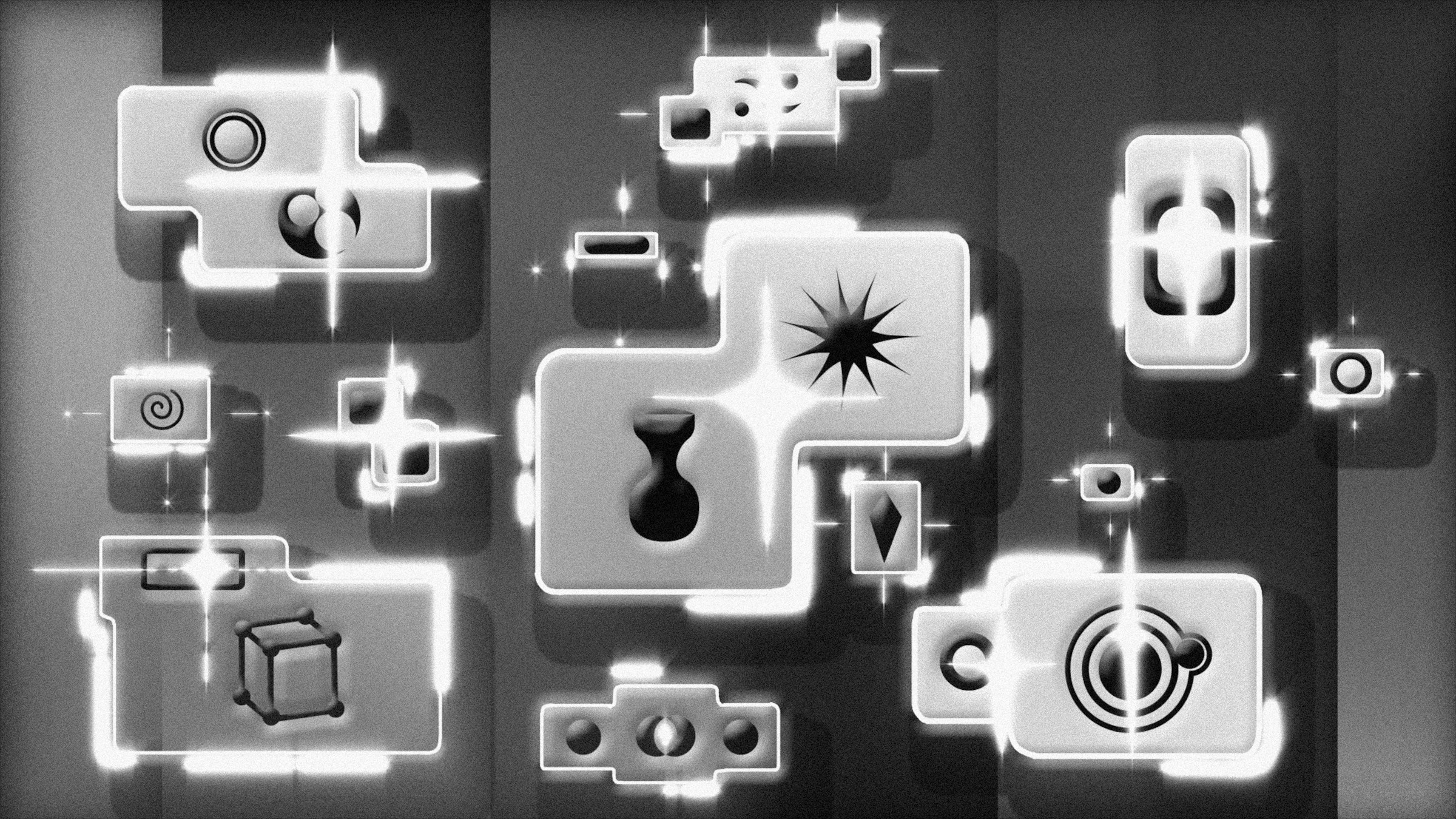You expect to receive quality care when you go to a doctor’s appointment. But what if the doctor doesn’t have access to the information they need to treat you? This scenario is all too common in healthcare today. Patient data is often stored across multiple siloed systems, making it difficult for healthcare providers to deliver efficient care. Healthcare data management is crucial for improving patient outcomes and operational efficiency within healthcare organizations. This guide will share valuable insights about healthcare data integration to help you achieve your goals, like allowing healthcare organizations to use data management solutions.
Azulity’s healthcare master data management services are a valuable tool for achieving objectives such as allowing healthcare organizations to use data management solutions. With our solution, you can smoothly integrate all patient data for better quality and continuity of care.
Importance of Healthcare Data Integration


Data integration in healthcare merges multiple healthcare data sources into a single, unified dataset, granting healthcare providers access to the latest and most relevant data.
The Importance of Data Integration in Healthcare
Data integration in healthcare breaks down data silos and provides organizations with a single source of truth. The SSOT requires data to be precise, consistent, and up-to-date for effective decision-making across the organization. To make this integrated data usable, it must undergo thorough cleansing and transformation to ensure a standardized format.
Benefits of Smooth Data Integration in Healthcare
Smooth data integration in healthcare enables interoperability, allowing healthcare systems to communicate and enhance care with a complete view of patient care delivery.
With an enormous array of benefits, integration, and interoperability should not be seen as obstacles to overcome but as trail markers pointing to best practices. Integration and interoperability can:
- Pull patient health data from a multitude of sources
- Enable a holistic patient view
- Better inform actionable decisions
- Support multiple providers with a “panoramic view” of a patient’s care
- Streamline care across applications, CMS programs, and quality measures
- Strengthen value-based care delivery
- Improve efficiency, quality, and overarching care delivery
- Breakdown barriers of insufficient data
- Reduce insufficiencies in patient data
- Help providers access data quicker, potentially resulting in more comprehensive care and reducing provider and patient wait times.
- Assist providers and health systems in maintaining a competitive advantage
- Reduce administrative burdens, which can reduce costs and staff burnout
- Decrease or eliminate costs associated with retrieving records
- Close workflow and care gaps
Securely shared patient data also enhances the ability to address social determinants of health (SDOH). Accessing complete health data beyond the known basics implies a greater breadth of information to evaluate and treat patients.
Providing comprehensive services to a patient requires a broad vantage point. Integration and interoperability act as lenses to garner the full view.
Related Reading
- Data Quality Management in Healthcare
- How to Secure Patient Data
- Master Data Management Solutions
- Patient Data Management System
7 Best Practices For Healthcare Data Integration


1. Choose Azulity for Healthcare Data Integration
Azulity specializes in healthcare master data management, implementing healthcare data solutions, and credentialing across the US. Our comprehensive platform ensures consistent patient, provider, location, and claims data synchronization across all systems and departments. Key features include healthcare MDM, provider MDM, reference data management, credentialing, and provider enrollment. Azulity serves healthcare technology leaders. From CIOs and CDOs to VPs of data platforms and credentialing, we help them eliminate the costly problems of fragmented data systems.
2. Understand Your Data Needs
Before accumulating data during integration, healthcare organizations must define the data types to collect. This process helps data teams better comprehend healthcare providers’ requirements and make necessary adjustments or implement technology accordingly.
Begin with these questions.
- Do your healthcare provider clients implement EHR/EMR systems? If so, do these systems meet their requirements or require enhancements?
- What needs do healthcare provider staff/patients meet by existing systems?
- How are providers using existing systems? Do they aim to enhance care delivery and quality, minimize operational expenses, or allocate medical resources?
Addressing these questions will help you refine your data integration strategy and capture the correct data in later implementation stages.
3. Use Cloud-Native Architecture and APIs
The extensive and geographically dispersed nature of medical data in the cloud requires API-enabled architectures, which streamline data connectivity. In healthcare, a hybrid, cloud-native solution can enable real-time access to fragmented patient data from multiple sources.
4. Train Your Team on FHIR Standards
Your development team can structure data using standardized formats such as Fast Healthcare Interoperability Resource (FHIR). This widely adopted healthcare data exchange protocol helps integrate different systems while considering medical data’s intricate nature and sensitivity. Additionally, FHIR standards provide guidelines for utilizing APIs.
5. Utilize Analytics Tools
Successful data integration in healthcare requires connecting your data to analytical tools to ensure secure and scalable connections between databases and eliminate concerns about future expansions and security vulnerabilities.
6. Authorize Data Access and Management
Data-based choices in healthcare can determine life or death. However, decision-makers often need more real-time access to the necessary information. Providers and software vendors must organize and grant appropriate data access to key personnel for smooth communications and efficient data management.
7. Safeguard Your Data
Healthcare organizations must comply with strict data privacy regulations such as HIPAA, HITECH, and HL7.
Use Cases of Data Integration In Healthcare


Data integration eliminates data gaps and improves access for everyone, including doctors, patients, other healthcare staff, and third-party service providers. With a unified view of patient information, you can improve outcomes in several use cases:
Crisis Response: Preparing for the Unexpected
The COVID-19 pandemic highlighted the need for universal data access. Healthcare providers realized they needed a high-level view of their hospitals and systems that could integrate data effectively from different sources to take proactive measures. Instead, they had to rely on disconnected data that could not show how changes in one area impacted others.
Healthcare providers can use data integration solutions to provide better data access for end-users during a health crisis. They could combine data from several sources and store it in a cloud data warehouse, serving as the single source of truth to drive crisis-response decisions among patients, healthcare providers, regulators, and frontline workers.
Drug Discovery: Accelerating the Development of New Treatments
Drug development is a complex process that requires significant time, effort, and financial resources before a new drug can launch. Reports find that the average cost of launching a new drug in the market is $1.3 billion. Data integration enables researchers to access valuable information from different sources and use it to advance their drug development research.
Accurate Diagnostics: Improving Patient Outcomes
Diagnosis is critical to patient care because it determines treatment. However, diagnoses are far from perfect, and almost 80,000 deaths in the US are attributed to diagnostic errors annually. While we have the data needed to run tests and achieve an accurate diagnosis, ineffective data integration often undermines results.
Reliable data integration can help healthcare organizations use data to build holistic views of their patients and deliver personalized treatment. Instead of solely relying on their records, healthcare practitioners can build diagnostics informed by the accurate medical history of a patient. A comprehensive view helps them understand the connection between contrasting symptoms, provide a correct diagnosis, and deliver effective treatment.
Public Health Management: Enhancing Population Health
Data integration was instrumental in identifying and treating high-risk patients during COVID-19. Healthcare institutions pooled their data to identify patients whose medical histories put them at greater risk of serious illness, create predictive models, and take a more proactive approach to their treatment. Healthcare providers recognize the potential of data integration for public health management. You can integrate disparate data from hospital databases, medical websites, fitness devices, and mobile apps to provide deeper insights into the health needs of a populace or demographic. Healthcare professionals and governments can use this data to take preventive measures and prevent crises.
Azulity: A Leader in Healthcare Data Management
Azulity specializes in healthcare master data management, bringing proven expertise in implementing healthcare data solutions and credentialing across the US. Our comprehensive platform ensures consistent patient, provider, location, and claims data synchronization across all systems and departments.
Key features include healthcare MDM, provider MDM, reference data management, credentialing, and provider enrollment. We serve healthcare technology leaders – from CIOs and CDOs to VPs of data platforms and credentialing – helping them eliminate the costly problems of fragmented data systems. Book a call to learn more about our healthcare master data management services today!
7 Best Healthcare Data Integration Software For All Your Needs
1. Azulity: A Master of Healthcare Data Management


Azulity is a leader in healthcare master data management. Its proven expertise in implementing healthcare data solutions and credentialing across the U.S. helps organizations synchronize patient, provider, location and claims data across all systems and departments. Its comprehensive platform serves healthcare technology leaders, from CIOs and CDOs to VPs of data platforms and credentialing. Azulity helps them eliminate the costly problems of fragmented data systems.
2. Mirth Connect: The Open-Source Data Exchange Tool


Mirth Connect is an open-source healthcare data integration engine widely used in the healthcare industry. It enables the efficient exchange of healthcare information across different systems and platforms. Mirth Connect supports various data formats, including HL7, XML, and DICOM, making it versatile for handling diverse healthcare data sources. It offers message routing, data transformation, and real-time monitoring, allowing healthcare organizations to streamline data workflows and improve interoperability.
Pros
- It is free to use.
- Mirth Connect has strong community support.
- The platform supports multiple healthcare data standards.
Cons
- Mirth Connect requires some technical knowledge to set up and use.
- The user interface isn’t as modern as some alternatives.
3. Jitterbit: API Integration for Healthcare


Jitterbit is a data integration tool that allows companies to establish API connections to applications and services. Like other data integration tools, it enables them to combine data from multiple sources for BI initiatives. Users can also leverage AI features to speed up processes.
Pros
- Jitterbit has strong API integration capabilities.
- It offers pre-built connectors and templates for quick setup.
- The platform has an intuitive, drag-and-drop interface.
Cons
- Some users report performance lags.
- Pricing is not disclosed and may be high for small organizations.
4. Health Compiler: Real-Time Healthcare Data Integration


Health Compiler is a comprehensive healthcare data integration platform that allows organizations to connect disparate healthcare systems and applications. It provides a user-friendly interface for designing, testing, and deploying healthcare data integration solutions. Health Compiler supports HL7, FHIR, and other healthcare data standards, ensuring compatibility with healthcare data sources. Its real-time capabilities enable healthcare providers to access critical patient information when needed.
Pros
- Health Compiler has an intuitive visual interface for integration design.
- The platform supports various healthcare data standards.
- It offers comprehensive monitoring and auditing capabilities.
Cons
- The health Compiler is not free to use.
- The platform may require technical expertise to set up.
5. Celigo: An Integration Platform to Automate Business Processes


Celigo is an integration platform as a service (iPaaS) that allows businesses to connect to applications and automate tasks. Akin to data integration solutions, it offers multiple features, including built-in connectors and a visual UI.
Pros
- Celigo offers pre-built templates for quick integration.
- It has an intuitive, low-code interface.
- The platform supports business process automation.
Cons
- Some users report that the platform has a steep learning curve.
- Pricing is not publicly available.
6. Talend: A Comprehensive Data Integration Tool


Talend is a comprehensive data integration and management platform widely used in various industries, including healthcare. It offers a suite of tools for data integration, quality, and governance. Talend enables organizations to integrate clinical and administrative data from various sources, ensuring data accuracy and compliance with healthcare regulations. It supports batch and real-time data integration, making it adaptable to different healthcare data use cases.
Pros
- Talend provides data integration, quality, and governance in a single platform.
- It supports healthcare data standards (HL7, FHIR, etc.).
- The platform has data profiling and cleansing capabilities.
Cons
- Talend can be expensive for small organizations.
- The user interface may not be as intuitive as some alternatives.
7. Cloverleaf Integration Suite: A Healthcare-Specific Integration Platform


Cloverleaf Integration Suite, developed by Infor, is a healthcare-specific integration platform designed to streamline healthcare data exchange. It offers data mapping, routing, and transformation tools, making it suitable for handling complex healthcare data integration scenarios. Cloverleaf is known for its robust support of HL7 standards and ability to connect various healthcare systems, including EHRs, lab systems, and billing applications.
Pros
- Cloverleaf has HL7-focused integration capabilities.
- The platform supports secure data exchange and compliance features.
- It offers advanced data mapping and routing options.
Cons
- Cloverleaf can be expensive for small organizations.
- Some users report a steep learning curve.
Related Reading
- Healthcare Provider Data Management
- MDM Implementation
- Reference Data Management
- Healthcare IT Consultants
Book a Call to Learn More About Our Healthcare Master Data Management Services
Azulity focuses on healthcare master data management. Our team has extensive experience implementing healthcare data solutions across the country. Our comprehensive platform consistently synchronizes patient, provider, location, and claims data across all systems and departments. Key features include healthcare MDM, provider MDM, reference data management, credentialing, and provider enrollment.
We serve healthcare technology leaders from CIOs and CDOs to VPs of data platforms and credentialing, helping them eliminate the costly problems of fragmented data systems. Book a call to learn more about our healthcare master data management services today!
